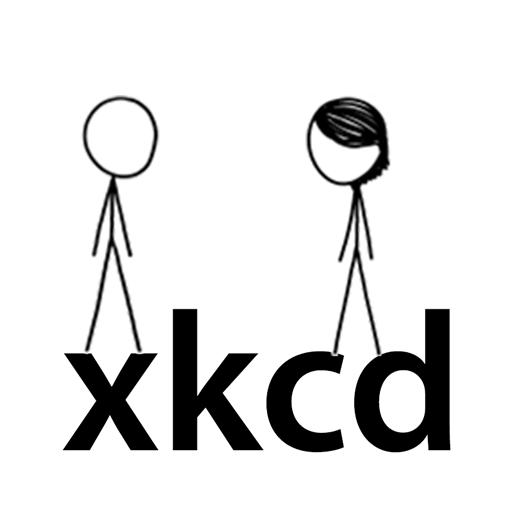

From the Danish media: https://nyheder.tv2.dk/business/2025-03-14-usa-beder-danmark-om-hjaelp
There are a few additional points
-
Multiple European countries have gotten similar requests, not just Denmark
-
American egg policy requires washing the eggs while European policy prohibits this, making it highly inconvenient.
-
They would want assurance that America won’t suddenly put tariffs on the eggs.
-
If america were to pay upwards of 1€ per egg, maybe they’d have a deal.













Not a search engine, but last week I learned of the European Open Websearch project, which builds a new free and open search index. It should already be ready to try out. Hopefully we will see some search engines implementing this soon.